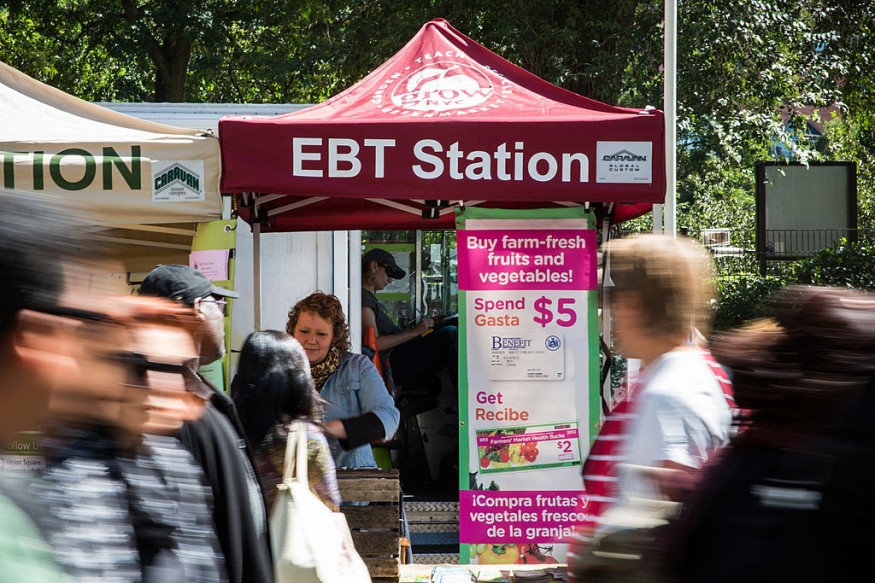SNAP Benefits 2023: Extra Payments Are Ending Soon, Food Stamp Money To Fall by $95 or More

The U.S. Department of Agriculture has acknowledged the extensions of SNAP benefits emergency funds through January 2023 in some states.
These include California, Hawaii, New Mexico, Ohio, Oregon, Texas, and Washington, among others.
However, the emergency allotments for food stamp payments are set to end in February 2023 after Congress passed an omnibus bill ending the SNAP benefits emergency funds.
Deputy director of the Utah Department of Workforce Services, Nate McDonald, said that the emergency allotments have provided aid to thousands of Utah residents to make it through the economic challenges brought about by the pandemic.
However, McDonald said that they knew these programs would be temporary. He added that the state's economy has "thousands of job opportunities" for those who are looking for work.
In Utah alone, the change will affect 74,000 SNAP household recipients.
McDonald noted that Utah SNAP recipients will receive the same amount of SNAP benefits they received each month before the pandemic.
SNAP Benefits Emergency Funds Ending
The Food Research and Action Center noted that the "greatest shortcoming" of SNAP benefits is that payments for most SNAP recipients are insufficient for them to get through the entire month without hunger or being forced to compromise when it comes to food nutrition and quality.
The report noted that food stamp payments are inadequate even when SNAP recipients try to implement "savvy" shopping practices to extend their food stamps.
One of the factors making SNAP benefits lacking is that food stamp payments lag in keeping up with inflation.
The U.S. Agriculture Department's Thrifty Food Plan also seemed "impractical," with the plan lacking variety in the Dietary Guidelines for Americans, unrealistic assumption of food availability and affordability, and disregard for special dietary needs.
Using SNAP Benefits 2023
Emergency allotments for SNAP benefits 2023 will be put to an end as the emergency fundings were a temporary strategy authorized by Congress to help low-income individuals and families face the struggles brought about by the pandemic.
Congress recently passed the Consolidated Appropriations Act, which would return all SNAP households' benefits to normal amounts before the added supplement.
Emergency allotments allowed all SNAP recipients to receive an additional $95 in benefits at a minimum.
There are some things that SNAP beneficiaries can do to extend their food stamp payments, such as planning grocery purchases in advance.
Advance planning would ensure that you do not run out of funds before the end of the month. In addition, there are food banks, such as Feeding America, which distributed more than 3.6 billion meals to people in need in 2022.
There are other assistance programs that you might also qualify for additional aid, such as Special Supplemental Nutrition Program for Women, Infants, and Children.
The WIC program is available to help low-income pregnant, breastfeeding, and postpartum women with infants or children aged five years old and above.
There is also the Temporary Assistance for Needy Families, which provides cash assistance to families for their basic needs.
READ MORE: Disaster SNAP Benefits Update: Are You Eligible for New Florida Payments?
This article is owned by Latin Post.
Written by: Mary Webber
WATCH: Massachusetts pandemic SNAP benefits to end in February - from WWLP-22News
Subscribe to Latin Post!
Sign up for our free newsletter for the Latest coverage!
© 2025 Latin Post. All rights reserved. Do not reproduce without permission.















